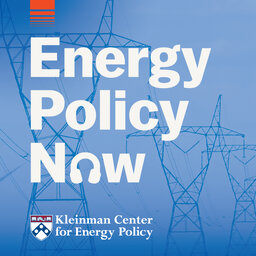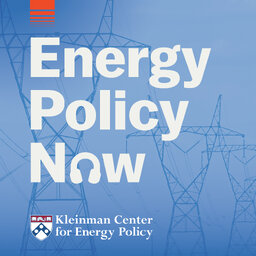Exploring Electricity Pricing: Are Alternatives to Flat-Rate Plans Worth It?
Time-of-use electricity rates can save consumers money and optimize renewable power. But they can backfire if not carefully designed.
---
A notable feature of the U.S. electricity system is the disconnect between the cost of generating electricity and the prices most consumers pay for power at any given time. Flat-rate pricing, where consumers pay the same rate for power regardless of demand, discourages efficient electricity use, leading to increased strain on the grid. As concerns about reliability, cost, and climate impacts grow, efficient electricity use is more important than ever.
Kleinman Center Faculty Fellow Arthur van Benthem explores time-varying electricity rates, where prices change with demand, as an alternative to flat rate pricing. Van Benthem, a co-author of new research on the topic explains the potential of time-varying pricing to reduce grid costs and enhance renewable energy. He also explores the potential downside to such rates, which can fail to deliver expected benefits or even backfire if not designed with a focus on simplicity and usability.
Related Content
Should ‘Energy Hogs’ Shoulder More of the Utility Cost Burden? https://kleinmanenergy.upenn.edu/research/publications/should-energy-hogs-shoulder-more-of-the-utility-cost-burden/
How Can We Improve the Efficiency of Electricity Pricing Systems? https://kleinmanenergy.upenn.edu/research/publications/how-can-we-improve-the-efficiency-of-electricity-pricing-systems/
Energy Policy Now is produced by The Kleinman Center for Energy Policy at the University of Pennsylvania. For all things energy policy, visit kleinmanenergy.upenn.edu
 Energy Policy Now
Energy Policy Now


